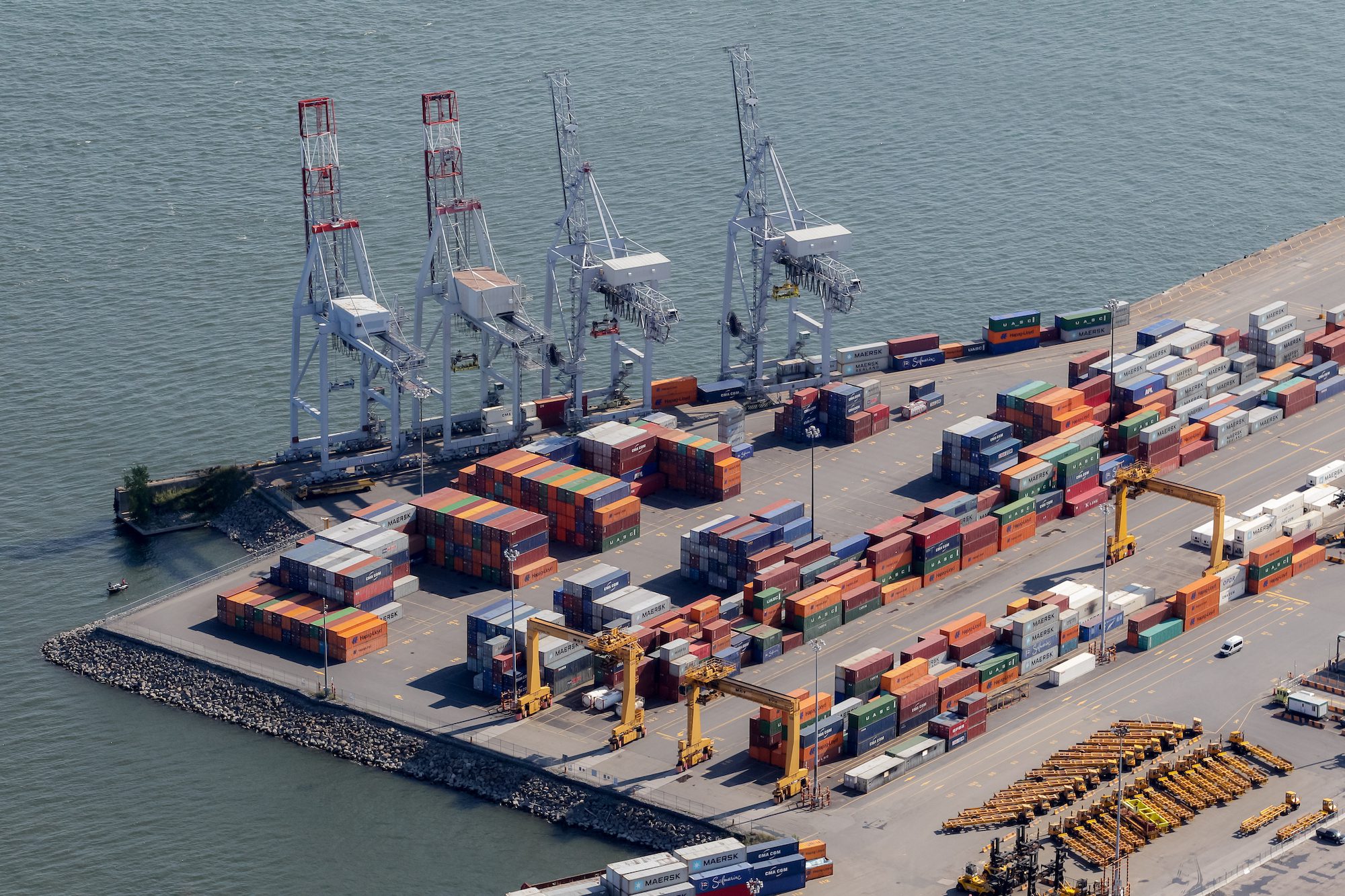Hanjin Boston, 8000 TEU containership, image courtesy Hanjin Shipping
By Mike Wackett,
Against the continued toxic mix of oversupply and weak demand, cash-strapped ocean carriers are being forced to consider every creative financial angle to boost balance sheets and keep the wolves from their doors.
In the case of state-owned Chinese carriers Cosco and China Shipping Container Line, asset sales have been the solution until now, but “selling family silver” is a short-term fix – a return to profitable trading is the only solution.
Like their rivals across the East China Sea, South Korean carriers Hanjin Shipping and Hyundai Merchant Marine have experienced severe trading difficulties and both posted massive losses in 2013.
Indeed, this was the third consecutive year of red ink-stained results produced by Hanjin and HMM, and this combination of weak fundamentals and poor financial health is having an increasingly adverse affect on their all-important credit ratings.
Moreover, in newly-published reports from Drewry Financial Research Services, the transport consultant is not optimistic about the prospects of profitability for either South Korean carrier this year or the next, with a return to the black “unlikely” before 2016 for HMM and a year later for its compatriot carrier.
Drewry said Hanjin’s interest burden, which has grown by 164% over the past five years, was “straining the bottom line and leading to severe equity erosion”.
In addition, Hanjin’s net gearing spiked by a massive 1,175% last year – the highest in the industry – from 622% in 2012, adding to the company’s woes.
The world’s eighth biggest container carrier’s weak financial health is proving to be the carrier’s “nemesis” said Drewry which added: “We do not see any recovery in the near term.”
In Seoul, in a lifesaving bid, shareholders have agreed to merge the business and brands of Hanjin Shipping Holdings with its troubled subsidiary, Hanjin Shipping, under a restructuring deal designed to circumnavigate accounting restrictions on the latter receiving cash injections from its parent.
It is part of a complex restructuring plan, devised by the Hanjin group to gain liquidity for its ailing shipping operations, that involves equity swaps and sweeping management changes and throws up the prospect that the container carrier will ultimately become a part of the group’s flagship operation, Korean Air.
The restructuring at Hanjin is difficult to comprehend and prompted seasoned Hong Kong-based transport consultant and analyst Charles De Trenck to blog: “This is nuts. I recall that some of the big US banks were involved in helping to restructure Hanjin post-financial crisis. Now it is already time to restructure the restructured unit. And why do we have overcapacity…?”
There is no doubt that both South Korean box carriers are facing considerable challenges. Not least of which is the need to compete with other carriers and join the incessant drive towards economy of scale ultra-large containerships – but the cost of these ULCS adds more stress to their balance sheets.
Further, in the case of Hanjin, it has another disadvantage – the line is a member of the CKYHE alliance which, compared with the larger G6 and the even-bigger proposed P3 alliances, is, and will be for a while, hamstrung by a higher unit cost base, further reducing Hanjin’s prospects of turning a profit.
Meanwhile, before the industry can recover from its malaise of overcapacity-induced losses, both Hanjin and HMM will have no option but to keep selling assets and slashing costs.

 Join The Club
Join The Club











